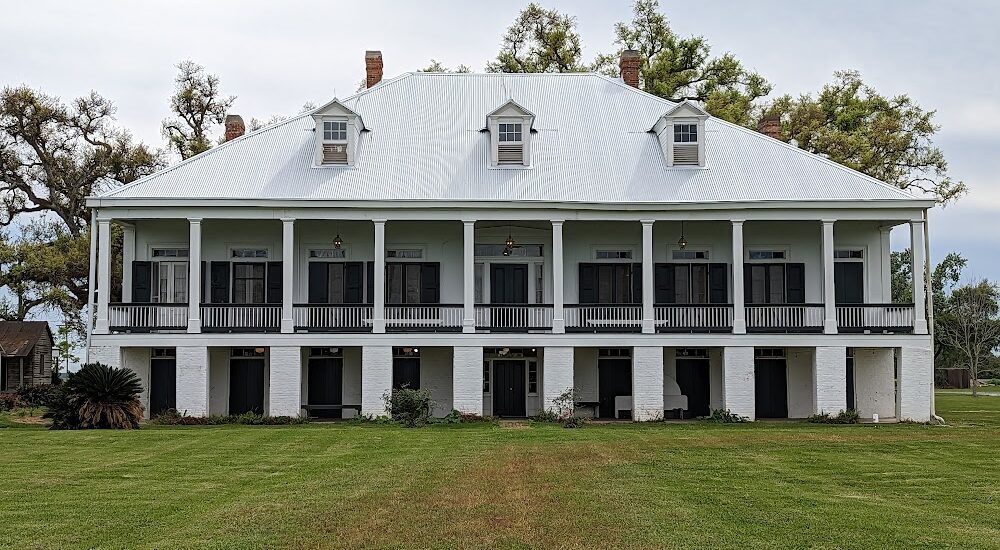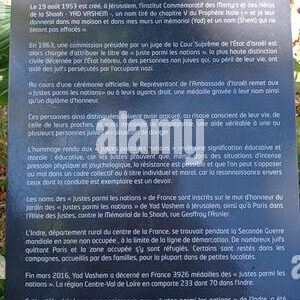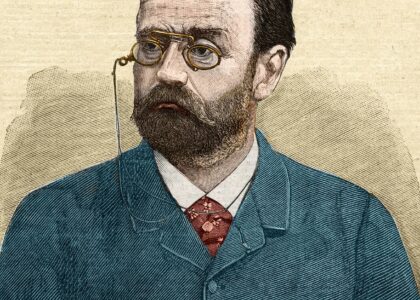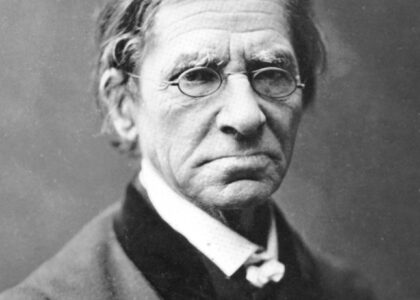Welcome to St. Joseph Plantation and its sister, Felicity Plantation, nestled along the serene banks of the Mississippi River in Vacherie, Louisiana. This location is a poignant reminder of Louisiana’s rich yet complex history, offering a glimpse into the lives and legacies of those who lived and worked here.
Felicity Plantation was established around 1846 by Valcour Aime, who was often referred to as the ‘Sugar King of Louisiana.’ He built this plantation as a wedding gift for his daughter, Felicite Emma, and her husband, Septime Fortier. The plantation house itself is an architectural marvel, showcasing elements of French Colonial and Anglo-American styles. Imagine walking through its wide hallways adorned with carved cypress balustrades and red Italian marble mantlepieces.
In 1890, Saturnine Waguespack purchased Felicity Plantation, merging it with St. Joseph Plantation to form the St. Joseph Plantation and Manufacturing Company. The Waguespack family still owns the estate today, maintaining its historical integrity and sharing its stories with visitors from around the world.
This plantation is not only a historical landmark but also a cultural icon. Over the years, it has been the backdrop for several films, including ’12 Years a Slave,’ which vividly depicted the harsh realities of slavery. This plantation’s grounds still house original slave quarters, serving as a solemn reminder of the lives of those who labored here.
Through its evolution, Felicity Plantation has witnessed the sweeping changes of time, from the booming sugar industry of the 19th century to its current status as an educational site where history comes alive for each visitor. As you explore, remember that each room, each artifact, and each path holds a story waiting to be discovered.






